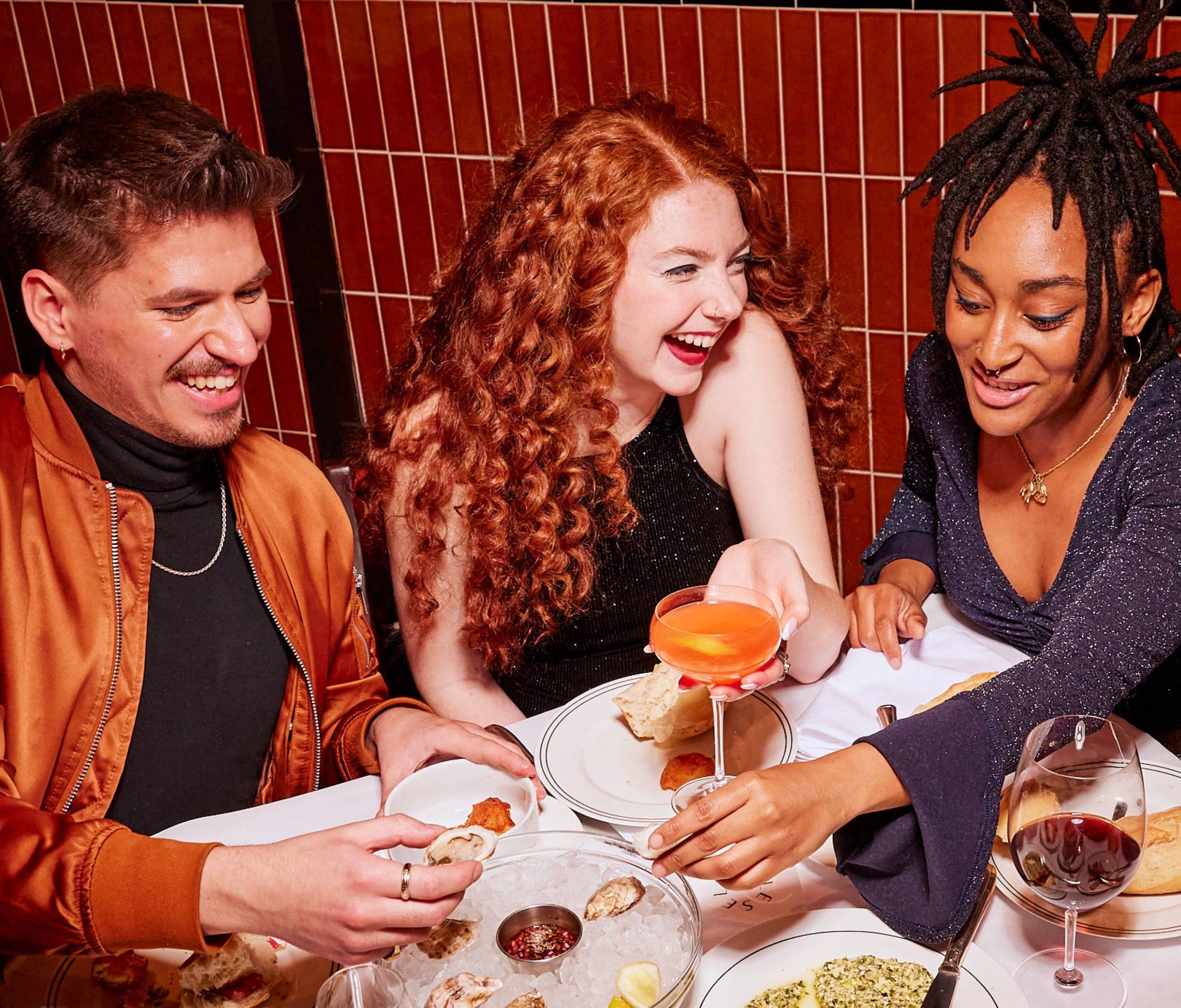There’s a new kind of traveler crisscrossing the country: the wellness tourist. This is someone who plans their travel itinerary around vegetable-focused cuisine, hiking, meditation, and other supposedly health-enhancing activities.
Like all other tourists, they need to eat. In a recent OpenTable diners survey, 68% of people said they dine out for most meals or every single meal while they’re on the road. Whether they are traveling for food experiences or spa activities, the restaurants they’re most likely to book offer menu options that complement their healthy lifestyle ambitions.
This group of diners and travelers is growing rapidly. The market value of this sector is expected to grow from $451 billion in 2021 to $1.02 trillion by 2030. Your current and future guests are likely among them.
Here’s what a restaurateur needs to know:
What is wellness tourism?
The non-profit group Global Wellness Institute defines wellness travel or tourism as a trip associated with achieving, maintaining, or enhancing well-being. It’s a big category that covers both all-inclusive 10-day stays on a tropical island and staycations with stops at the local yoga studio and fast-casual salad restaurant. It includes people who go to Northern California to visit scenic hiking trails and an organic winery as well as families looking for restaurants with gluten-free menus near Disneyland. Anyone who makes decisions about where to go, where to stay, what to do, or where to eat based on health considerations is a wellness tourist.

Who are wellness tourists?
Wellness tourists fall into two broad categories: Primary and secondary. For the primary wellness tourist, entire trips focus on healthy pursuits. They want retreats, fitness activities, restaurants specializing in healthful food and drink, and spa treatments.
The secondary wellness tourist is traveling mainly for other reasons. On vacation with their families, they seek out the bars and restaurants with the best non-alcoholic drinks program. Before a business trip, they make a list of all the best vegetarian-friendly restaurants near their hotel.
What are the forms of wellness tourism?
Usually, wellness tourism falls within one of the category’s dominant themes: fitness, mental health, or food.
Fitness travelers are drawn to areas rich in outdoor activities including biking, hiking, surfing, and swimming. Those seeking mental health or spiritual experiences gravitate toward meditation centers and nature. Even though food isn’t their focus, these tourists will all visit restaurants along the way.
Food wellness tourists, on the other hand, travel specifically for restaurants. They have different ideas about what kinds of food and drink support wellness, and their explorations reflect that. Agrotourism, vegan/vegetarian hotspots, farm-to-table restaurants, and cooking education can draw them in. Some of them look for alternatives to alcohol while others seek out organic or natural wines.

What kind of culinary experiences are wellness tourists seeking?
Tourists differ from typical out-of-town guests in that they are open to a culinary adventure beyond a typical meal. They’re hunting for cooking classes, gardening experiences, and tours. They may be more likely to opt-in to a prix fixe or other event that overlaps with their interests. It’s possible that something you are currently doing already would appeal to the wellness tourists in your area and beyond if you considered marketing them that way.
How do restaurants fit into this trend?
You don’t have to be a hotel restaurant or next to a luxury resort to get in on the wellness tourism trend. Restaurants are inextricably linked with travel. This is especially true for restaurants in or near such major tourist destinations as big cities or beach towns, but all regions welcome their share of out-of-towners.
If it fits with your concept, consider adding some popular and trending dishes such as whole grain bowls, superfood smoothies, and avocado toast. Create an experience pairing your best vegetarian dishes with non-alcoholic drinks or wines from an organic winery. Partner with a nearby fitness center to offer a mini-retreat that combines physical activity with a wholesome meal. Before long, you’ll be known as a restaurant that helps people in their quest for well-being, which will appeal to locals and tourists alike.

How to attract wellness tourists (and locals)
All it takes to gain health-minded guests is to cater to their needs and increase your visibility. You want to pop up in online searches when wellness tourists are making their plans.
This isn’t as difficult as it sounds. Start by identifying what you’re already doing that might fit someone’s definition of healthy and market it through email and on your social media channels. If you can get covered in the local media for your gluten-free pasta, kitchen garden, or raw vegan specials, that will provide a big boost.
So if your menu features items that are heart-healthy, low-carb, plant-based, or gluten-free, be sure to label them and spread the word. If your restaurant is vegetarian-friendly, make sure it’s listed in the Happy Cow app. And if inspiration strikes, create a wellness experience to become part of this booming hospitality trend.




